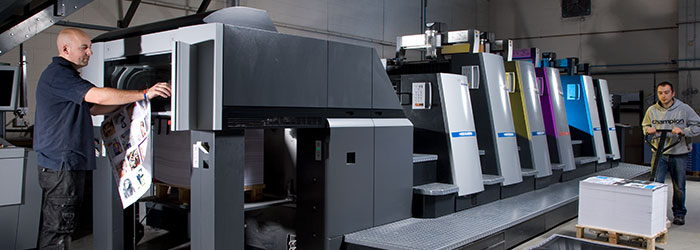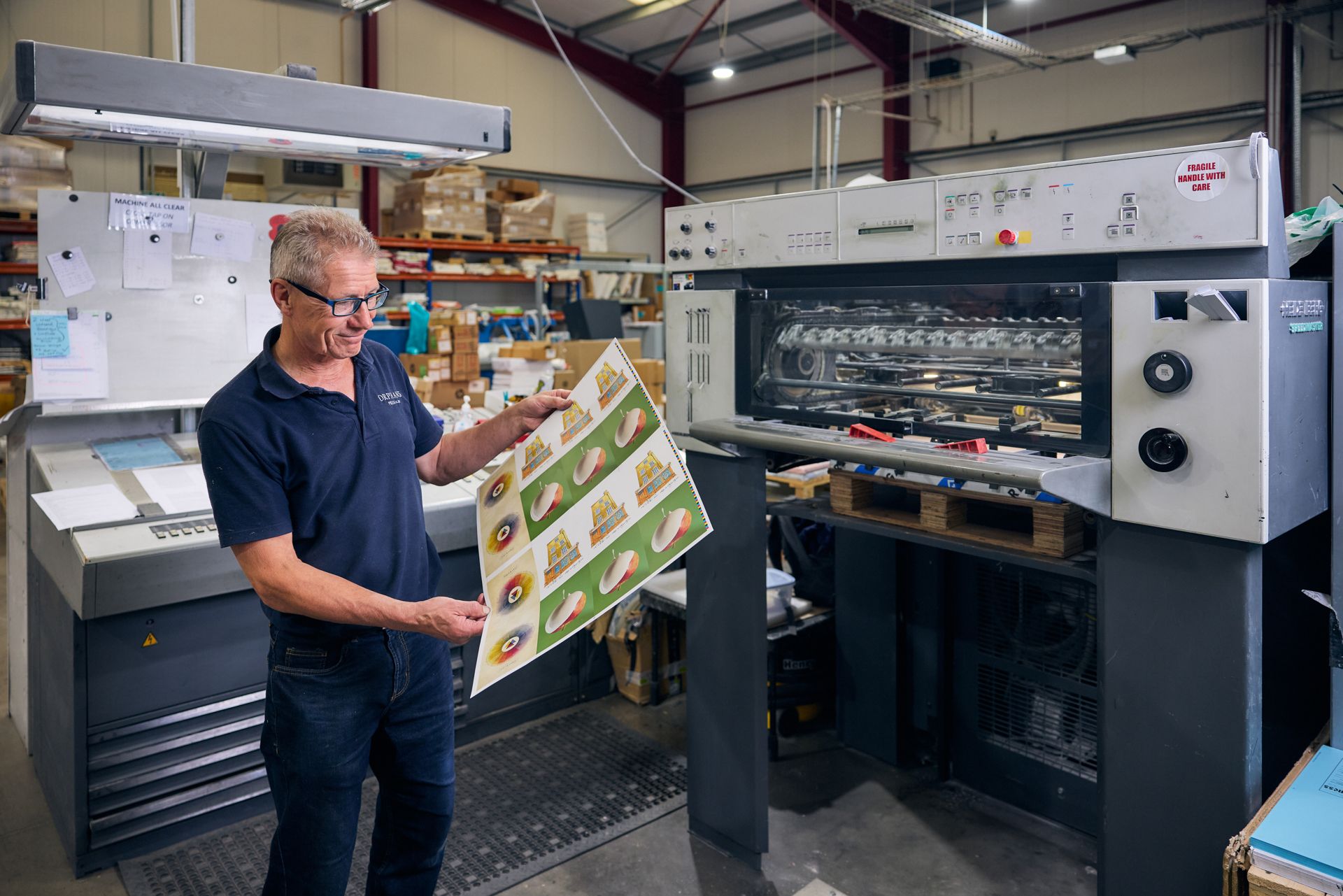litho printing vs Inkjet Printing: What to Understand
litho printing vs Inkjet Printing: What to Understand
Blog Article
A Comprehensive Guide to Recognizing Litho Printing Techniques
The globe of litho printing, a strategy originating from the late 18th century, is an interesting mix of history, development, science and art. This extensive guide will unravel the complexities of this printing approach, from the structure of litho inks to the challenges dealt with in contemporary applications. As we venture right into the intricacies of lithography, the significance of automation and sustainability in guaranteeing its future importance ends up being increasingly clear. Remain with us as we journey into the captivating world of litho printing.
The Historical Development of Litho Printing
The historical trajectory of litho printing, an essential technology in the world of communication, is an exciting tale of human ingenuity. Birthed in the late 18th century by Alois Senefelder, this technique was at first an affordable method of publishing staged jobs. Lithography, stemmed from the Greek words for 'rock' and 'to create', used a smooth rock surface area to move pictures onto paper. The procedure evolved with the development of the rotary press, which significantly raised productivity (litho printing). In the 20th century, the technology of offset lithography transformed the market, permitting automation of high-quality prints. Each stage of litho printing's advancement showcases mankind's unrelenting quest of efficiency and top quality in aesthetic interaction.
Translating the Scientific Research Behind Litho Printing Inks
Moving onward in the exploration of litho printing methods, the emphasis now changes to the science behind litho printing inks. The make-up of these inks, their drying procedure, and shade mixing methods develop the foundation of this complex art form. Understanding these components is important to mastering the craft and accomplishing the preferred print outcomes.
Structure of Litho Inks
In lithographic printing, the fundamental role of litho inks can not be overemphasized. The composition of litho inks varies depending upon its function, however usually, they consist of 2 major components - pigments and vehicles. Pigments, the color-providing aspects, are finely ground fragments suspended in the car, a liquid that lugs the pigment onto the printing surface. The vehicle is a complicated combination of solvents, resins, and oils, which influence the ink's drying out time, bond, and gloss. Furthermore, various ingredients exist to enhance specific residential or commercial properties like circulation, drying, and resistance to environmental impacts. Each part plays a crucial part in the final print's quality, making the precise formulation of litho inks a detailed science.
Ink Drying Process
From the structure of litho inks, focus turns to the interesting process of ink drying out. 2 primary methods are used in litho printing: oxidative drying out and absorption. Absorption, on the other hand, involves the ink permeating into the paper fibers, which is a quicker procedure yet can lead to much less vivid shades.
Color Mixing Techniques
While the drying process plays a key duty in litho printing, the science of shade mixing strategies holds equivalent significance. The scientific research behind litho printing inks also takes right into account the transparency of the ink, which affects how colors overlay and mix.
The Art and Design Elements in Litho Printing
Litho printing breathes life right into art and layout via its one-of-a-kind elements. The procedure involves producing a picture on a lithographic limestone plate or metal plate with a smooth surface area. The picture is after that published onto a tool, usually paper, by moving the ink from home plate. What collections litho printing apart is its capacity to reproduce elaborate layouts with high integrity, making the result almost identical to the original art work. This is achieved via the use of different line strategies such as cross-hatching, hatching, and stippling, which enable for a variety of tonal results. Furthermore, litho printing fits a variety of colors, enabling musicians to develop dynamic and vibrant prints. This combination of precision and flexibility makes litho printing a recommended choice for numerous musicians and designers.
Modern Applications of Litho Printing Techniques
Litho printing strategies have actually found comprehensive use in the modern-day business market. Its impact and relevance remain to expand with the development of brand-new advancements and technologies in the area. This area will certainly explore these modern applications and the transformative function they play in the printing market.
Business Litho Printing Makes Use Of
Litho printing stays an important part of the industrial industry. High-volume printing tasks, such as the production of publications, papers, and packaging, count on litho printing for check my source its ability to deliver exceptional picture quality and cost performance. Litho printing likewise offers a wide color spectrum, premium to that of digital printing.
Technologies in Litho Printing
Pushing the boundaries of traditional methods, modern-day advancements have fueled a host of innovations in litho printing. One noticeable growth is electronic litho printing, which integrates the merits of digital innovation with litho's premium output. These developments underscore the enduring significance of litho printing in the modern globe.
Discovering the Process of Litho Printing: Detailed

Obstacles and Solutions in Contemporary Litho Printing

Regardless of the accuracy and tradition that litho printing proudly supports, it is not without its set of contemporary obstacles. The most common concerns include the high first configuration cost, difficulty in printing variable information, and environmental worries due to chemical usage. Nonetheless, remedies are arising as technology develops. Digital litho printing allows for economical short runs and very easy customization, dealing with the issue of variable data. Environmentally-friendly inks and much safer plate-making procedures alleviate ecological worries. Furthermore, developments in automation have actually minimized labor prices, additionally democratizing the lithography procedure. Therefore, while there are obstacles, the litho printing sector is proactively adjusting to meet them head-on, guaranteeing its significance in the future.
Final thought
In final thought, litho printing, with its rich background and clinical intricacies, holds a considerable area in the print industry. The future of litho printing hinges on why not look here its ability to adapt to these changing demands, attesting its long-lasting worth in an advancing market.

Report this page